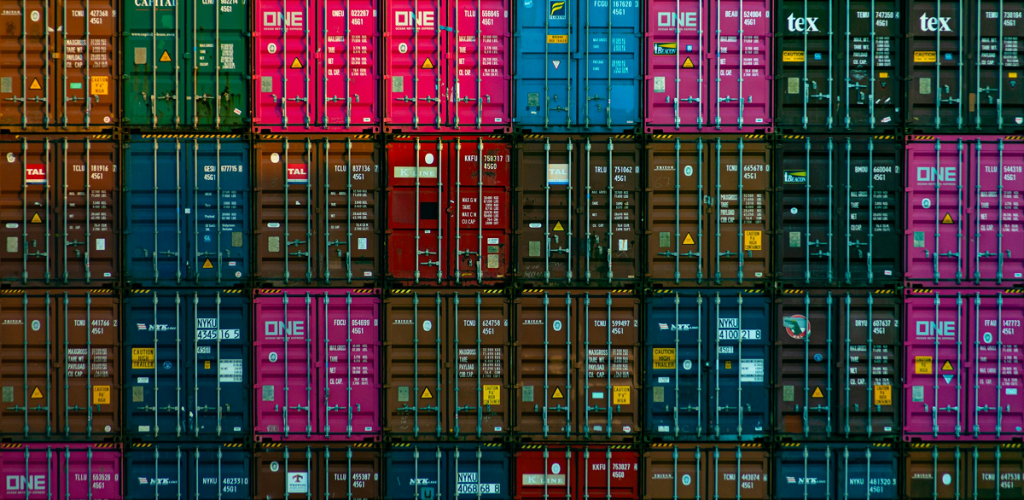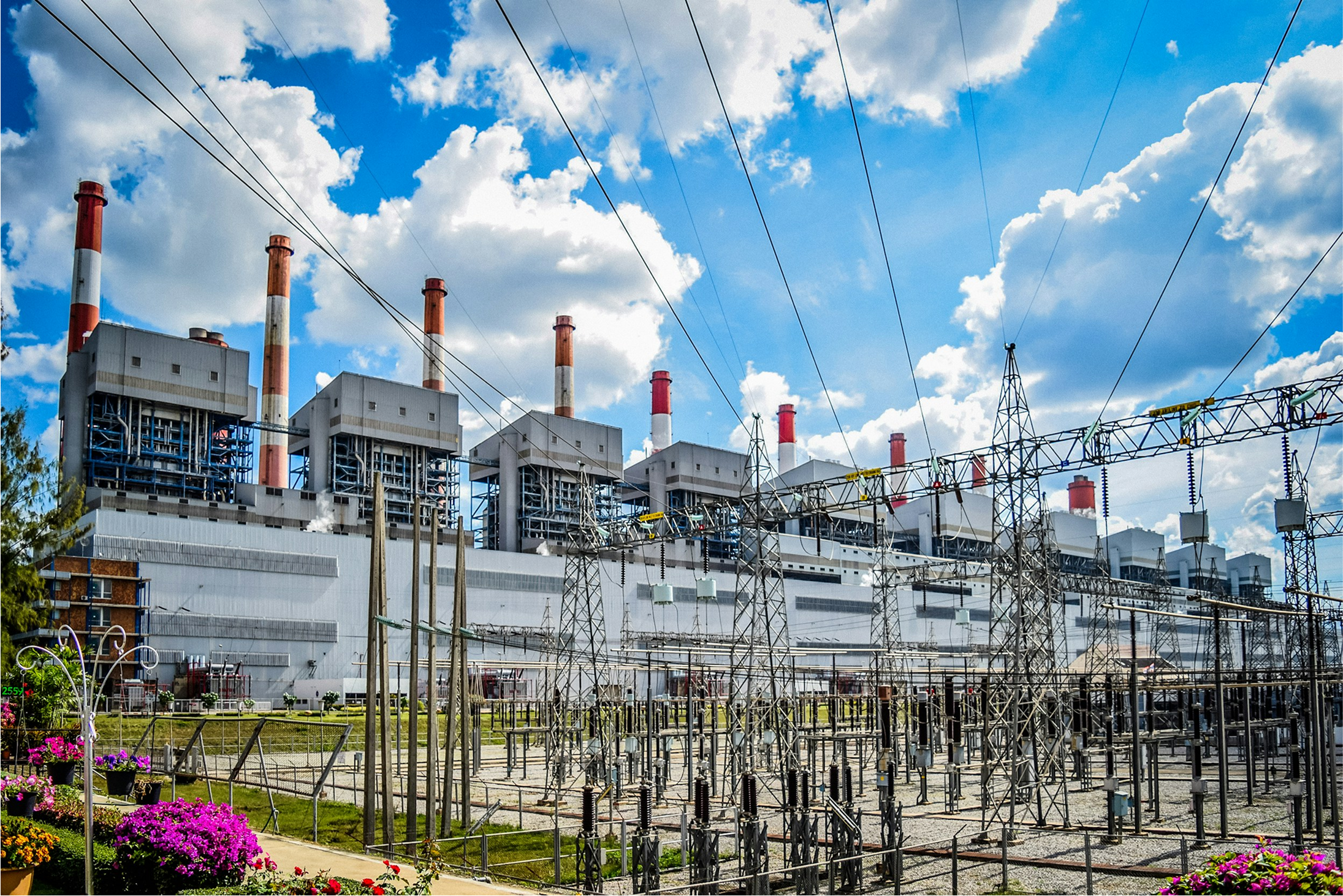“Reshoring” US Industry
Among the factors contributing to the demand picture of the US grid, we should not overlook the extraordinary trade measures being applied with a stated intention to “reshore” industrial production. To take a single commodity – let’s consider aluminium. in 2024 America imported approximately 4.9 million tonnes of aluminum. If trade restrictions were to cause all that aluminum to be produced in America instead, the additional load on the electricity grid, calculated at (15,370 kWh) per metric ton of aluminum would amount to 75.3 TWh. For context, that’s 69% of the total electricity production added to the US grid in 2024.
Aluminium is one of several materials with a high energy input that have recently been subjected to import tariffs. Others include steel and softwood lumber. The electricity content of the softwood lumber that the US imports from Canada alone represents another 3..73 TWh.[1] To the extent that the tariffs are successful in encouraging domestic production of these materials they will add new load to a grid that has, until recently, experienced relatively flat demand.
How grid operators will respond to the new demand signals stimulated by this reshoring effort is an area of uncertainty. At present, attaching major new loads to the grid requires serious lead times. For instance, in Virginia, one grid operator estimates that wait-times to connect a major new load could stretch to as much as four to seven years.[3] If the new load comes from a sector that is not cost-competitive without tariff protection, then a risk calculation comes into play: will that load still be there in 4-7 years? Some grid operators may move cautiously in response to such a risk – especially given that the stated rationale for the US imposing tariffs on trading partners has changed several times over the course of only weeks.
Electricity Consumption per Cubic Meter:
Manufacturing planed dry softwood lumber consumes 355 megajoules (MJ) of electricity per cubic meter, as reported in U.S.-focused life-cycle inventory studies[4][5]. Converting this to kilowatt-hours (kWh):
355 MJ/m3×0.277778 kWh/MJ=98.61 kWh/m3
355MJ/m
×0.277778kWh/MJ=98.61kWh/m
Based on the available data, we can calculate the approximate electricity consumption for Canada’s softwood lumber exports to the US:
- The energy consumption for softwood lumber production in Canada is 1,514 MJ/m3[6].
- Canada’s annual export volume of softwood lumber to the US is 34.7 million m3[7].
- To convert MJ to kWh, we use the conversion factor 1 MJ = 0.277778 kWh.
Calculating the total electricity consumption:
1,514 MJ/m3×34.7 million m3×0.277778 kWh/MJ=14.59 billion kWh
1,514 MJ/m
×34.7 million m
×0.277778 kWh/MJ=14.59 billion kWh
Therefore, Canada uses approximately 14.59 billion kWh of electricity annually to produce the softwood lumber it exports to the US.
However, it’s important to note that this figure represents total energy consumption, not just electricity. The wood products industry in Canada relies heavily on biomass for energy, with electricity accounting for about 25.6% of total energy use[8]. Applying this percentage to our calculation:
14.59 billion kWh×0.256=3.73 billion kWh
14.59 billion kWh×0.256=3.73 billion kWh
Thus, the estimated electricity consumption for Canada’s softwood lumber exports to the US is approximately 3.73 billion kWh per year.
Vehicle Electrification
According to the IEA, In the US, EVs are projected to account for 6-8% of total electricity demand by 2035, up from 0.5% today. This is a projection that rests on many assumptions about industrial strategy, trade policy, emissions pricing, consumer preference, and the relative price of various energy types. Uncertainties abound.
One important factor – is the policy guidance that has been provided to manufacturers on when they need to retire ICE vehicle manufacturing lines.
This policy guidance is a patchwork both globally and within the US. As automakers look across the global marketplace, they broadly see that they have 10 years to rinse out the ICE vehicles out of their assembly lines in order to maintain policy compliance with jurisdictions that have legislated an end-date for ICE-vehicle sales. (Some US states, and other nations where US vehicles are exported).
The withdrawal of America from the Paris climate accord could potentially presage a change in that Federal policy guidance. But such a change could entail existential competitive implications for the manufacturers who waver from retiring their ICE vehicle production lines. Doing so would signal the end of the “global automobile platform” and usher in an era of regionally-targeted production, shorter production runs, and weaker economies of scale. None of those sound like prospects that would appeal to either shareholders or customers.
Still, the speed of the vehicle electrification trend is uncertain for other reasons. Political support for EV incentives is cooling off. Tariff-based trade restrictions restrict the EV choices available to consumers and businesses. Of the top 5 electric vehicle models sold globally, only one, the Tesla 3, is widely available in the US.[9] The other 4 face a 100% import tariff. And tariff-based disruptions of the integrated North American supply chain for auto manufacturing are projected to increase the price of all vehicles, EV or otherwise. That’s going to keep more people driving their current rides for a while. [10] With all these variables in play, it would not be surprising to see grid operators adopt a “wait and see” attitude towards scaling up generation and distribution to serve the vehicle electrification trend.
In the examples of aluminum and vehicle electrification, we’ve only scratched the surface of potential impacts of tariffs on the supply demand economics of grid electricity. The general pattern revealed is that there is a potential explosion of demand for new electricity supply, but also palpable reasons for grid operators to act cautiously with their capital investments, since the pillars of this new demand could be so quickly swept away with a return to open international markets.
The fourth and final part of this series will bring these observations about supply, demand and the uncertainties presently facing grid operators into the context of a business that uses lots of electricity. What are the potential impacts? What are the potential options?
To be continued…
[1] Imported Volume:
In 2023, the U.S. imported 33.95 million cubic meters of softwood lumber, primarily from Canada, Germany, and Sweden.[2]
[2] USA with reduced softwood lumber imports in 2023 – Timber Online
[3] Data Centers Face Seven-Year Wait for Dominion Power Hookups – Financial Post
[6] How Energy Efficient is Your Drying Operation?- Canadian Forest Insutries
[7] Canada–United States softwood lumber dispute – Wikipedia
[9] The Automakers Selling the Most EVs in the World Are … – Clean Technica




